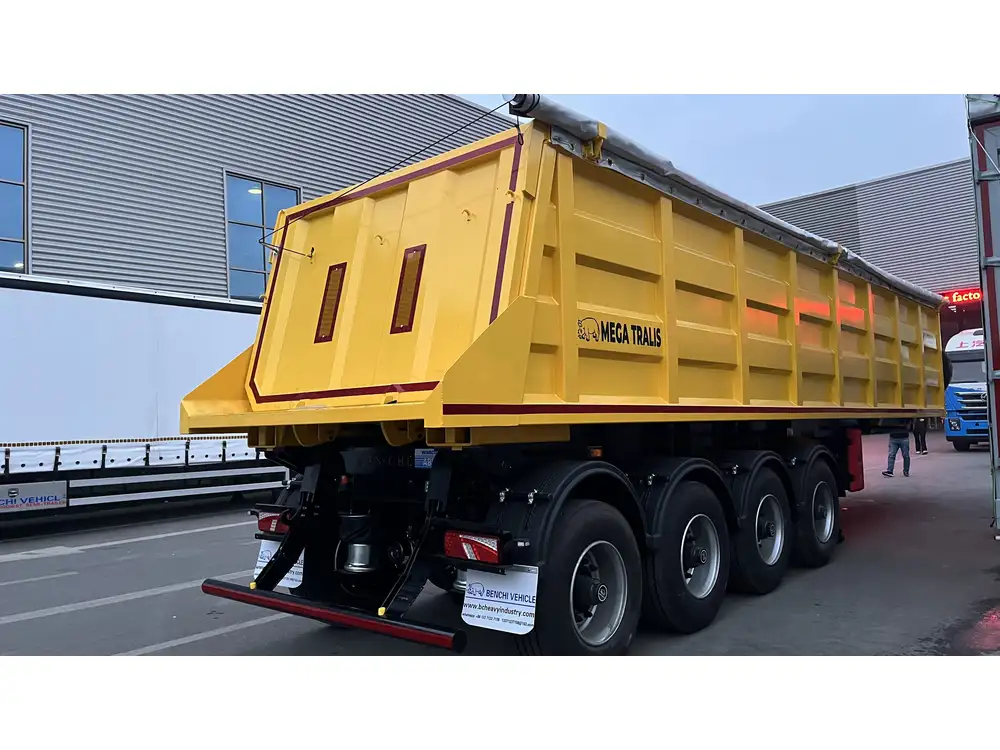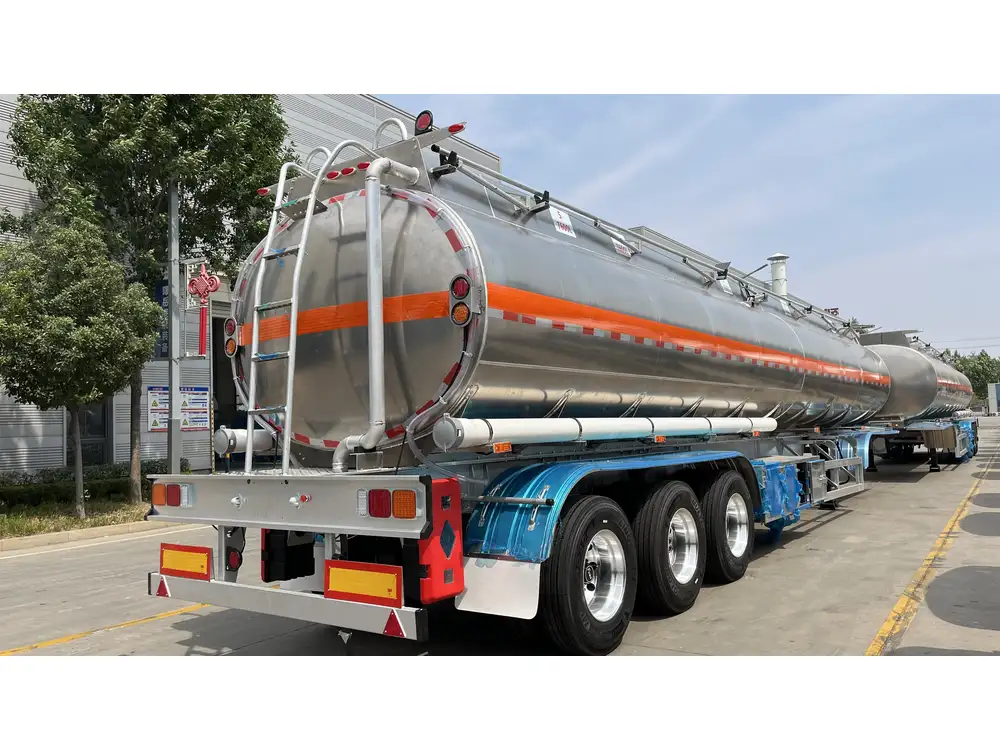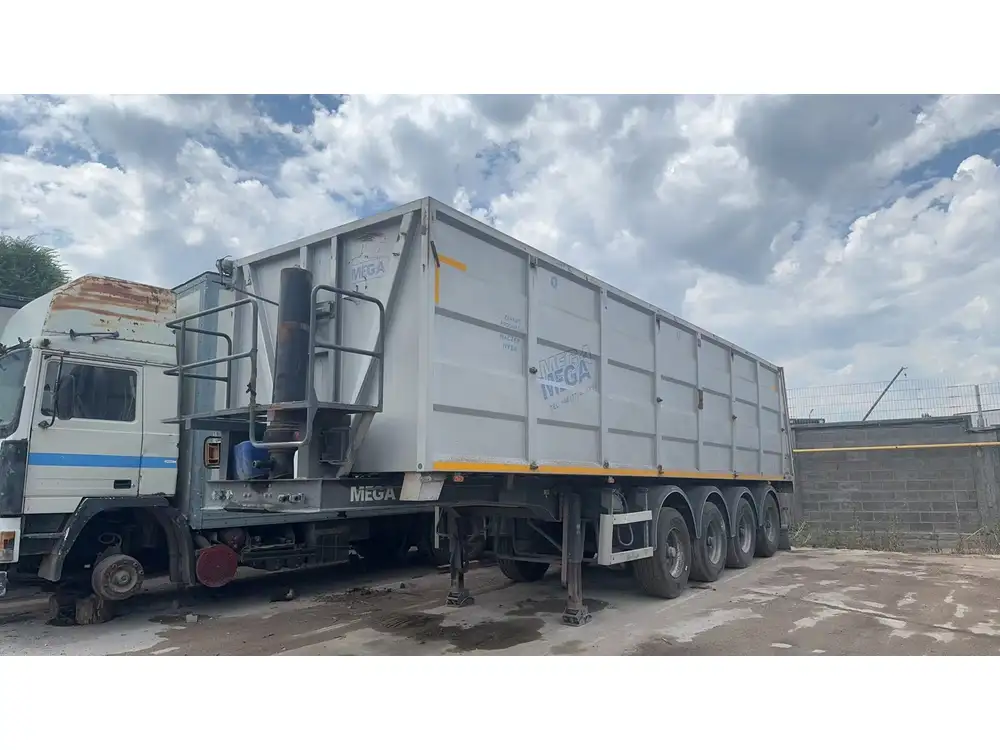The logistics of hauling a 40-foot semi box trailer are not just a matter of connecting a tractor to a trailer; it’s a finely-tuned symphony of preparation, understanding, and practice. In this comprehensive guide, we dive deep into the nuances of properly trailer a 40 semi box trailer, addressing both common queries and overlooked details to enhance your hauling efficiency and safety.
Understanding the Basics of a 40-Foot Semi Box Trailer
Before delving into the intricacies of towing a 40-foot semi box trailer, it’s crucial to grasp what a semi box trailer is, alongside its various components.
Key Components of a Semi Box Trailer
| Component | Description |
|---|---|
| Chassis | The framework supporting the trailer body, typically made from robust steel to withstand heavy loads. |
| Axles | Equipped with wheels, axles bear the trailer’s weight and distribute load effectively. |
| Suspension | Enhances comfort during transport by absorbing shocks, ensuring stability while on the road. |
| Braking System | Essential for safety, modern trailers feature air brakes, which require adequate pressure from the tractor to function correctly. |
| Load Floor | The level surface inside the trailer where cargo is placed; designed for durability and often equipped with tie-down points for securing loads. |
| Rear Doors | Standard or swing doors that provide access to the trailer’s interior; when closed securely, they help maintain the integrity of the cargo. |
Understanding these components will aid in troubleshooting potential issues and enhancing safety protocols during your towing practice.

Preparing for the Towing Process
Preparation is paramount when dealing with heavy trailers. The following steps will ensure both you and your equipment are ready for the task.
1. Inspect Your Equipment
Conduct thorough inspections of both the semi truck and trailer, checking:
- Tires: Ensure proper inflation and tread depth.
- Connections: Inspect the fifth wheel hitch and ensure it’s properly lubricated.
- Wiring: Verify that all lights, including brake lights and turn signals, are functioning.
- Brakes: Check the air brakes; make sure the air supply system is operational, and conduct a leak test.
2. Verify Weight Limits
A typical 40-foot semi box trailer can carry significant weight, but exceeding these limits can be dangerous and illegal. Consult the following table due to various regulations:
| Trailer Type | Maximum Load Capacity (approx.) | Maximum Weight (including trailer) |
|---|---|---|
| Standard Semi Box | 26,000 lbs – 34,000 lbs | 80,000 lbs (total) depending on route and state laws |
Calculate the total weight before loading to avoid penalties and ensure safe handling while on the road.

3. Load Distribution
Proper load distribution is a critical aspect of towing safety. Erratic weight distributions can lead to instability during transport.
Tips for Optimal Load Distribution:
- Center Load: Place heavier items towards the center of the trailer.
- Secured Cargo: Use tie-down straps and chains to prevent movement.
- Balanced Weight: Maintain a 60-40 weight ratio (60% towards the front, 40% towards the rear).
Connecting the Trailer
Once preparations are complete, the connection process can begin. Here’s a structured approach.

Steps to Connect a Semi Box Trailer
Align the Truck and Trailer: Position the tractor so it is perfectly aligned with the trailer.
Lower the Trailer Legs: Before backing up, ensure the trailer’s landing gear is completely lowered.
Back Up the Tractor: Slowly reverse until the tractor’s hitch aligns with the trailer’s fifth wheel plate.
Engage the Fifth Wheel: Move the tractor forward slightly; you’ll hear a ‘clunk’ when the fifth wheel locks onto the kingpin.
Check Connection: Visually inspect and confirm that the fifth wheel locks securely around the kingpin.
4. Security Check
Final checks are vital in ensuring that everything is secured:
- Confirm the air supply line and electrical connectors are attached.
- Check that the landing gear is fully raised.
- Test lights and brakes to ensure proper functionality.
Towing Techniques: Navigating the Roads with Confidence
Driving with a 40-foot semi box trailer can be vastly different from driving a standard truck. Below, we address the essential driving techniques to employ.

1. Adjusting Your Mirrors
Mirrors will be your best friends on the road. Given the trailer’s length, blind spots increase significantly. Here’s how to adjust them correctly:
- Flat Mirrors: For direct visibility to the rear and sides.
- Convex Mirrors: For eliminating blind spots, capturing a broader view.
2. Handling Turns and Corners
Turning with a trailer requires careful planning and execution:
Steps to Take:
- Wide Turns: Always take wider turns; the trailer’s rear swings out, which could cause contact with curbs or other vehicles.
- Signal Early: Use turn signals well in advance to notify others of your intentions.
- Speed Control: Reduce speed before making a turn to maintain control.

3. Merging and Changing Lanes
Merging with a trailer is a balancing act between speed and awareness:
- Make Sure to Check Blind Spots: Always be aware of other vehicles and use your mirrors extensively.
- Maintain Speed: Accelerate smoothly and maintain your speed while merging to avoid sudden merges.
4. Braking Techniques
Effective braking is crucial when towing a semi-trailer:
- Use Engine Braking: On downhill slopes, employ engine braking to maintain control while reducing wear on the brake system.
- Gradual Pressure: Apply braking pressure slowly and steadily; sudden braking can lead to trailer sway.
The Importance of Safety During Transit
Safety should always be the first priority when hauling a 40-foot semi box trailer. Here are some safety protocols worth adhering to:

1. Speed Limits and Regulations
Familiarize yourself with the specific speed limits for trucks and trailers on your route. Some areas have stricter regulations that can significantly affect your travel.
2. Emergency Kit
Prepare an emergency kit that includes:
- First-aid supplies
- Necessary tools
- Warning triangles or flares
- Extra tire and air pump
3. Weather Conditions
Monitor weather forecasts and adapt accordingly:
- Rain or Snow: Increase following distance and drive at slower speeds.
- Windy Conditions: Hold the steering wheel firmly to counteract the effects of wind pushing against the trailer.

Troubleshooting Common Issues While Towing
Even the best-prepared drivers can run into issues. Here’s how to identify and handle some of the more commonplace problems.
1. Trailer Sway
- Causes: Improper load distribution or high speeds can exacerbate trailer sway.
- Cure: Reduce speed and gently steer in the direction of the sway to regain control.
2. Tire Blowouts
- Signs: Listen for unusual sounds or vibrations.
- Immediate Action: Gradually reduce speed and steer to the side of the road, ensuring the trailer maintains control.

3. Brake Issues
- Indicators: Unresponsive brakes or uneven braking can signify a malfunction.
- Quick Response: Pull over safely, ensuring you do not compromise control.
Conclusion: Enhancing Your Trailer Experience
Successfully towing a 40-foot semi box trailer demands a keen understanding of not just the mechanics of trailer connection but also of driving techniques and safety protocols. From preparation to execution, each step plays a crucial role in not only ensuring the safety of the driver but also that of other road users.
By adopting best practices in the preparation process, mastering effective driving techniques, and understanding how to troubleshoot common issues, you can confidently navigate the challenges that come with hauling a semi box trailer.
In the competitive world of logistics and transportation, your expertise will shine, driving improved efficiency in your operations. By prioritizing safety, preparation, and skill, you are not just reinforcing your commitment to excellence, but you are also paving the way for a successful journey ahead.



